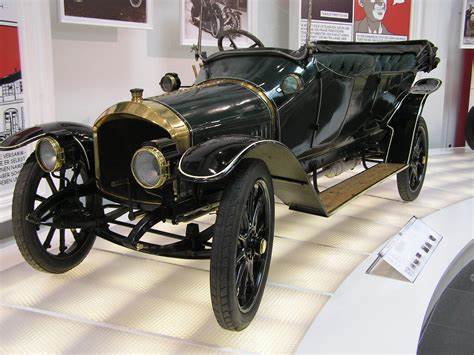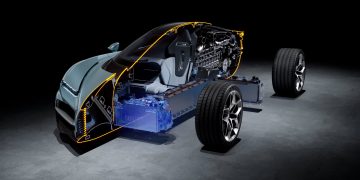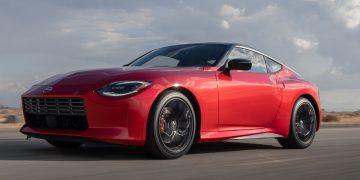The Automobile: An Epoch-Making Invention
Positioned as the fifth great invention after the likes of paper, gunpowder, the compass, and the printing press, the automobile has robustly propelled the pace of human societal progress. With its advent, the automobile expanded the horizons of human activity, enhanced societal efficiency, and spurred scientific advancements. Over just over a century, progress in human society has exceeded that of the previous millennia, with the automobile playing an indispensable role.

Birth and Maturation of the Automobile Industry
The automobile first ignited in Germany; blossomed in France; matured in the United States; flourished throughout Europe; and met its challenges in Japan. In 1866, the German engineer Nikolaus Otto developed the epochal “four-stroke piston engine,” resolving a pivotal technical challenge and laying a solid foundation for the invention of the automobile. Carl Benz from Germany created the first three-wheeled motor vehicle in 1885, recognized globally as the first modern automobile. Gottlieb Daimler followed suit in 1886 with the first four-wheeled vehicle powered by a gasoline engine. The year 1886 is considered the dawn of the automobile, and Benz and Daimler are revered as progenitors of the automotive industry.

The Evolution of the World Automobile History in Three Phases
The Initial Phase: The Rapid Development of the Global Automobile Industry
From the late 19th century to the 1930s, automotive giants like Mercedes, Ford, and General Motors were established, and automobile production shifted to standardized assembly lines, dramatically increasing efficiency. Alongside a surge in production volume, there were significant advances in technology, including the invention of the gear shifter, four-wheel brakes, independent suspensions, and shock absorbers.
The Golden Age: The Zenith of Automobiles
Following World War II, European nations vigorously developed their automobile industries, with production increasing from 800,000 to 8 million vehicles—nearly a tenfold surge. In this period, Japan swiftly rose to prominence, surpassing the United States with a production of 11 million vehicles by the 1980s, thereby becoming the world leader. Technological advancements during this era emphasized speed, convenience, and comfort, with the introduction of streamlined bodies, independent front-wheel suspensions, automatic transmissions, and all-wheel drives.
The Modern Phase: Mergers, Acquisitions, and Stabilized Production
Post the 1970s, global automobile production stabilized at around 50 million units. Developed countries saw saturated markets and fierce competition among manufacturers. Trade frictions were continuous among Europe, America, and Japan, while South Korea emerged in the competitive arena, achieving technological leapfrogging to become an important global automotive manufacturing base. The focus during this period was on enhancing vehicular safety and reducing pollution, with rapid developments in electronic technology leading to the emergence of anti-lock braking systems (ABS), airbags, electronic fuel injection and ignition systems, and catalytic converters.

The Future Trajectory of Automobile Development
With the escalation of air pollution and oil scarcity, the shift from conventional gasoline and diesel vehicles to hybrid and electric vehicles has become imperative. Governments worldwide are pushing for research into hybrid and all-electric vehicles. The U.S. Department of Energy forecasts that by 2030, new energy vehicles will account for 28% of the light vehicle and truck market share, a 20% increase from 2005. The automobile industry is currently undergoing a revolution, rapidly steering towards intelligence, comfort, energy efficiency, and environmental consciousness.


































Discussion about this post